Studio Ghibli’s visual identity is iconic. Ever since the release of Hayao Miyazaki’s Nausicaä of the Valley of the Wind in 1984, the animation house has produced countless classics that have settled comfortably into global popular culture. I grew up with My Neighbour Totoro and Spirited Away, while Kiki’s Delivery Service and Princess Mononoke are some of animation’s greatest achievements. Few studios in the world have created this many beloved films, each one worthy of its place in a pantheon of titans.
Despite telling stories that range from heroines exploring fantastical worlds to young siblings trying to survive in war-torn Japan, the nature of its character designs and environments has remained consistent. There is a warm authenticity to every frame, hand-drawn with levels of detail so astonishing you can hit pause and spend hours poring over everything. It’s difficult to overstate the influence of Studio Ghibli on generations of writers, artists, and creatives.
But now, like many things in the modern world, this legacy is being trodden underfoot in the name of capitalism.
OpenAI’s New Ghibli Image Generator Is The Stuff Of Nightmares
The impact of Generative AI in everyday life won’t truly be felt until it’s too late. What began as images with too many fingers and videos that couldn’t last more than a few seconds, only for them to descend into a garbled mess of nonsense, has become far more reliable and, to the horror of creatives everywhere, competent.
And this has only been achieved thanks to a laundry list of corporations taking human work from millions of people without their consent and hurling them into machine algorithms that then spit out something with no originality of its own.
It’s abhorrent, and to the surprise of nobody, Studio Ghibli is the latest victim to join the list. The new update for OpenAI’s ChatGPT brings with it an image generator that can produce new images or reproduce existing ones with the animation studio’s art style.
You can take selfies, family portraits, or even moments of historical significance and morph them into something that heavily resembles Ghibli’s own work. It has been everywhere these past few days as average Joes, technology outlets, and media brands try out the update, and with each image, my faith in humanity diminishes ever further.
The most disgusting example I’ve seen is the official White House Twitter account releasing a Ghibli-fied image of a border enforcement officer arresting a woman being apprehended by the ICE to promote their bigoted agenda. Generative AI has fast become the figurehead of fascism as it removes art of all meaning for purposes it was never intended for, without a single human hand bringing it to life.
Ghibli’s films have always been about taking care of our planet, welcoming people from all walks of life, and exploring the beauty of creativity in all forms, and now those ideas are all being twisted into something inhuman, ignorant, and willing to ignore all repercussions just to transform wedding photos into silly cartoons.
Studio Ghibli has mass appeal, and its films resonate with people of all ages because they tell stories with characters and themes that touch on who we are as human beings. But this also means its universal brilliance can be abused by bad actors, or the powers of generative AI where someone wants to see moments in their life depicted in such a way, or feels there is a brief nugget of humour to be drawn from seeing Donald Trump as a silly anime man.
It’s so much more complicated than that, though, with these corporations relying on the complacency of mass audiences to get their way as traditional art becomes a distant thing of the past.
Studio Ghibli Deserves So Much Better Than Heartless AI Slop
What breaks my heart most is that the normalisation of generative AI, especially among the younger generations, is how the origins of such classic aesthetics are going to be muddled by garbage AI recreations of memes and selfies instead of the art that inspired them.
Studio Ghibli has created some of the best animated films of all time, and I can’t imagine how vastly different my life would be if I didn’t watch Spirited Away as a child, or had my entire view of the world shaped by Princess Mononoke and Grave of the Fireflies. Now, their origins all risk being lost or devalued, thanks to AI.
A number of years ago saw Miyazaki describe the use of artificial intelligence to make art instead of human creativity as “an insult to life itself.”
Children and young adults are going to recognise this aesthetic from generative AI first and foremost, lessening the value of art and acting like its only purpose is to be a brief burst of entertainment before moving onto the next thing. Ghibli isn’t alone in this struggle either, as countless different aesthetics and art styles have been replicated by this new AI model as if this level of accuracy is some sort of achievement to be proud of and not robbing creatives of their heart and soul in exchange for corporate gain.
Producing these images brings with them a hollow sense of ownership, like you want to feel as though you’ve created something with your own hands instead of ripping selfishly from centuries of art which once had meaning. This will stifle innovation, shrink markets, and prevent expression in the years to come.
Generative AI isn’t going anywhere, and it’s only getting better and being adopted by more and more politicians, corporations, and businesses as a tool with so many applications. But with this widespread adoption comes continued dismissal of the impact it has on the art we consume and create.
Things that should be valued, have meaning, and shape who we are as people, but again and again, it’s becoming clear that people just don’t care. Studio Ghibli is one of the most revered and respected animation studios in history, and here we are busy raking its legacy across the coals and for what? I don’t know where we go from here.
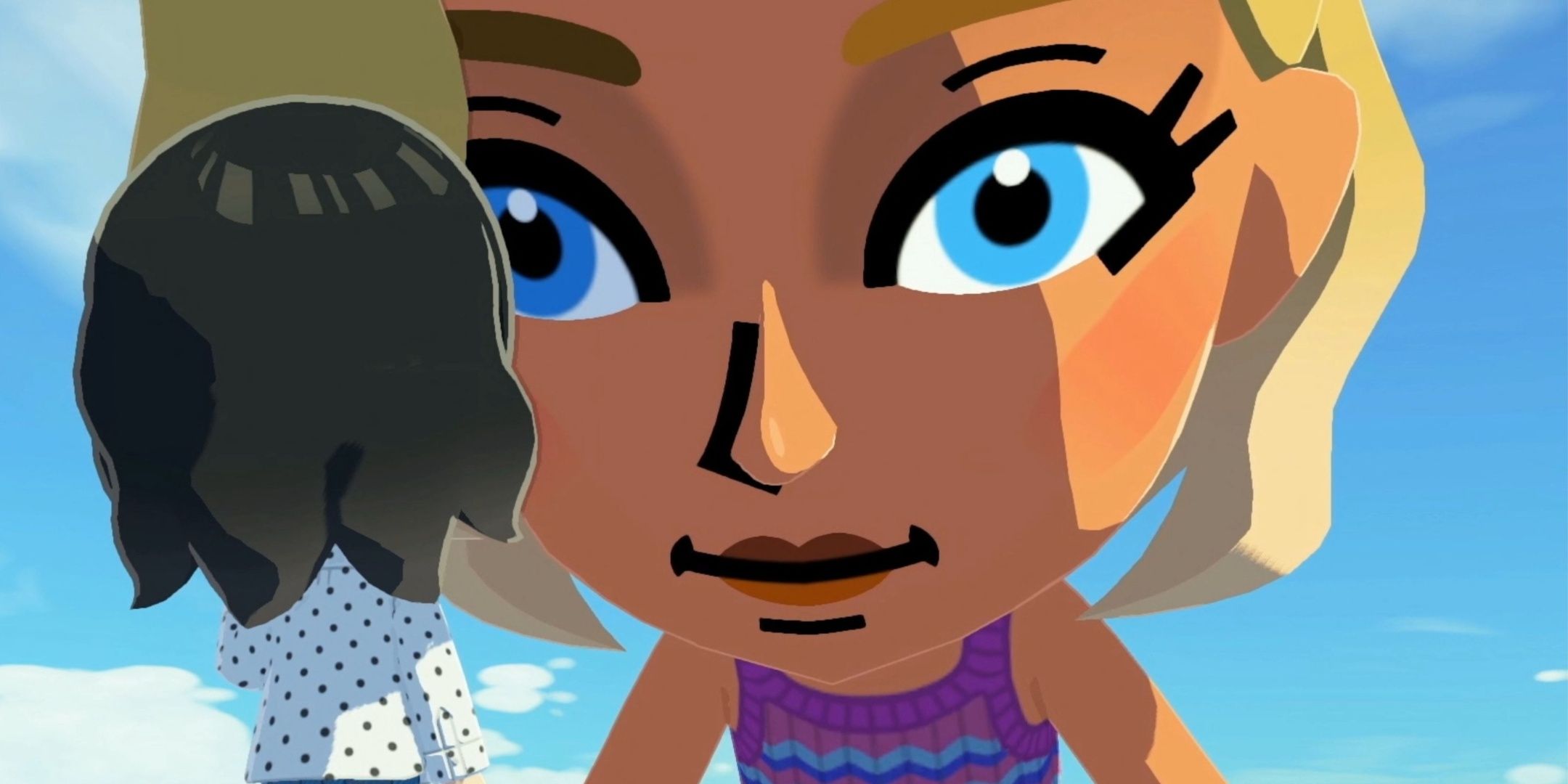
Next
Tomodachi Life: Living The Dream Is Already My Favourite Game Of 2026
Get ready to experience the island paradise of your dreams and/or nightmares.
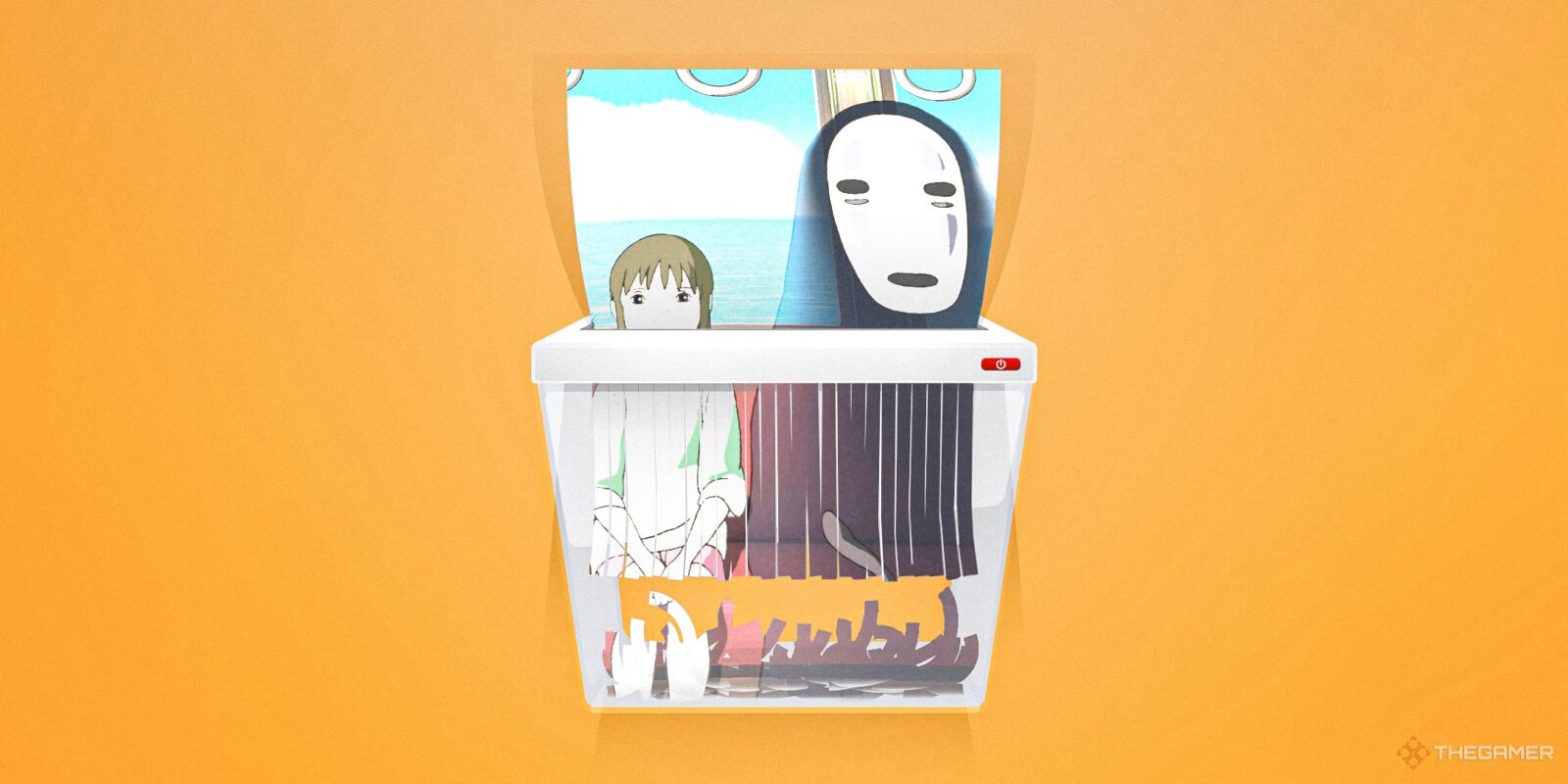
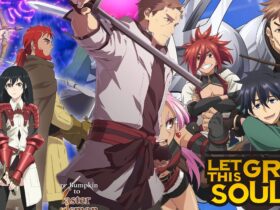

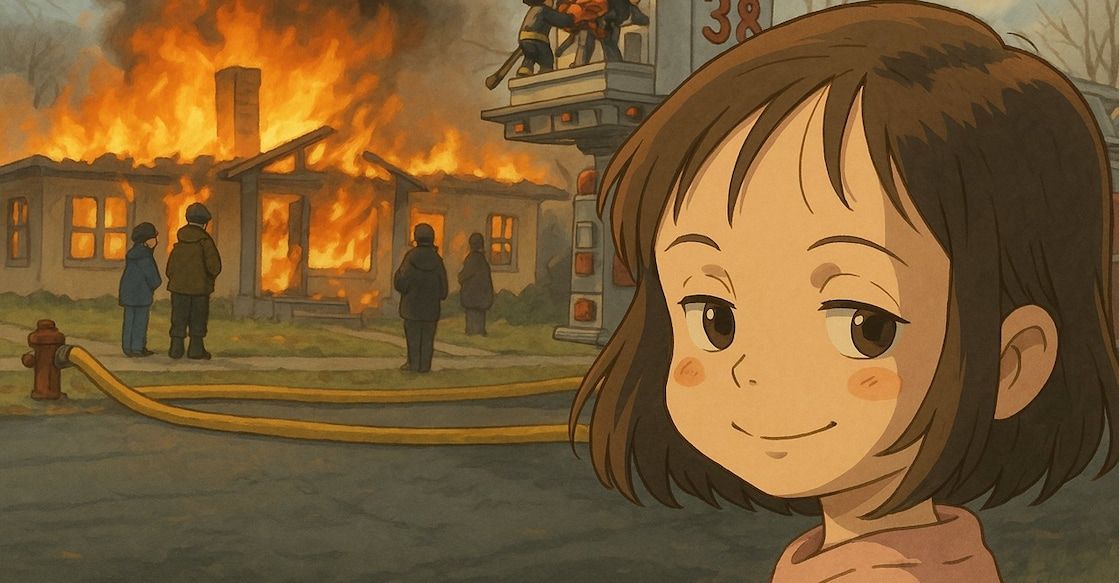

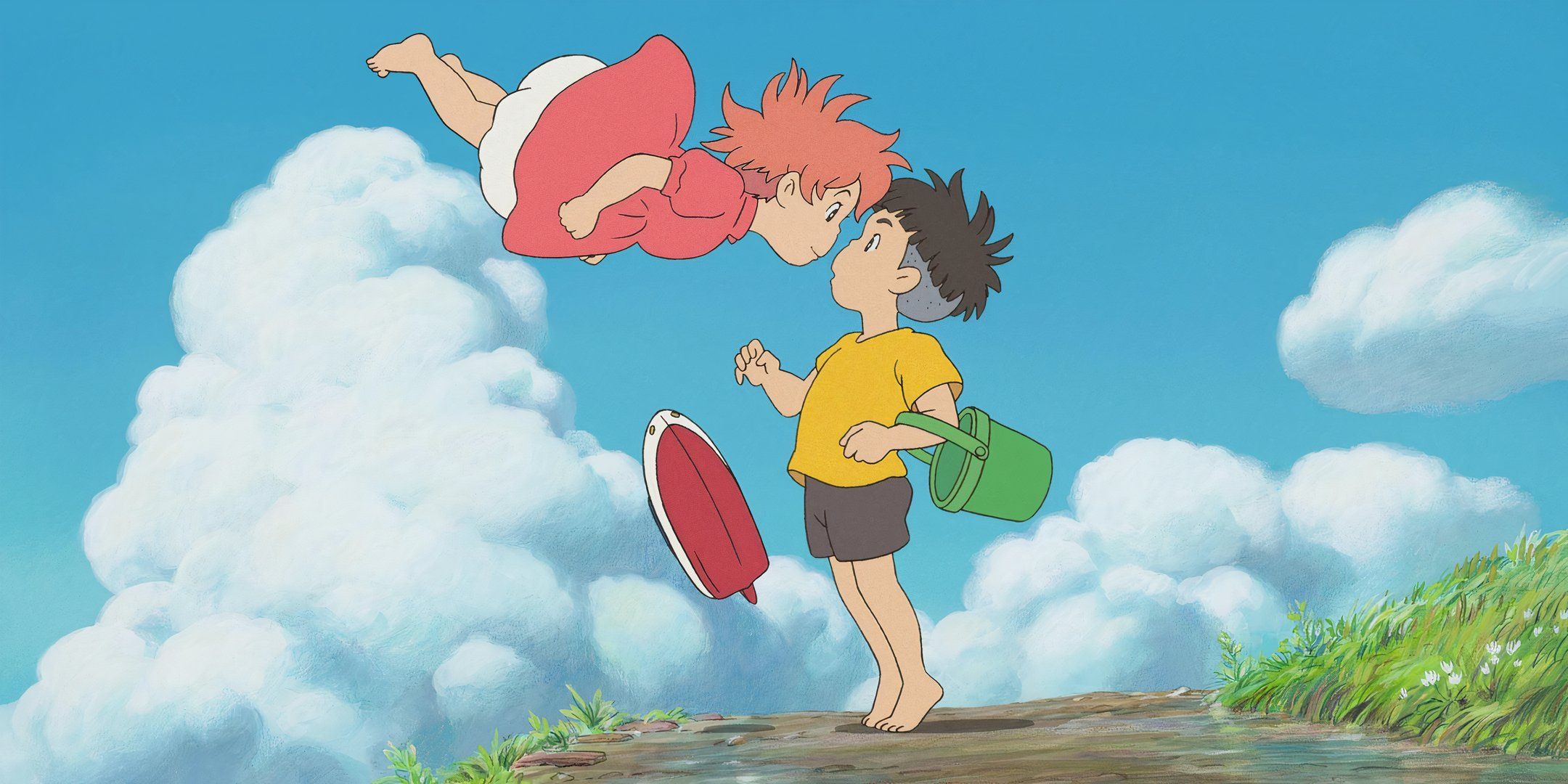
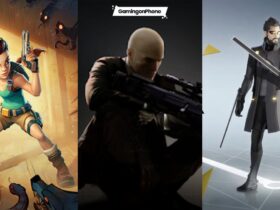
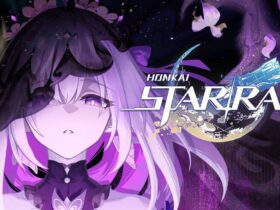
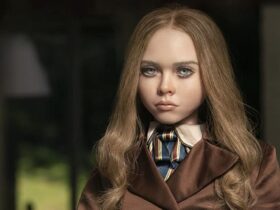
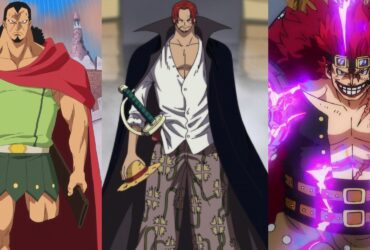

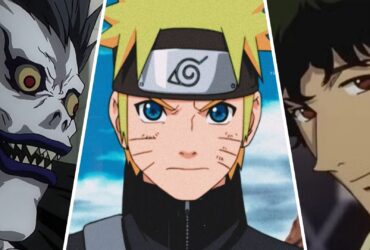
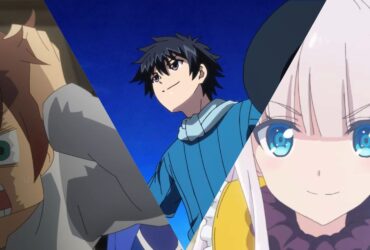
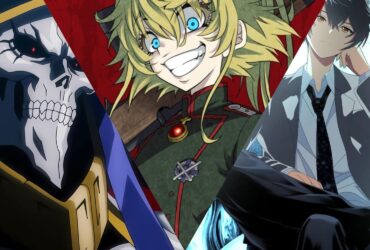
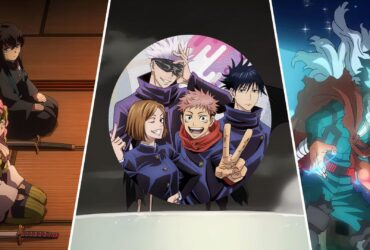
Leave a Reply